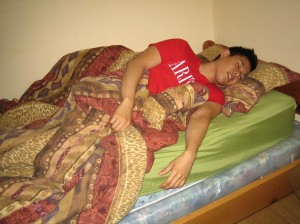Overview
When a person loses the ability to move one or more of their muscles, they are deemed to have paralysis. This can often be associated with losing bodily functions and loss of feeling. It is most often not caused by a problem with the muscle itself, instead, it is often associated with nerves or spinal cord issues.

The cause of paralysis will be contingent upon how severe it is, including the parts of the body it disturbs. Dependent upon how serious it is as well as its primary causes, it can upset the arms, chest, and legs.
Paralysis Classification
When classifying paralysis, it can be:
- Localised in one particular section of the body such as a hand or the face.
- Generalised in a larger section of the body.
There are also numerous medical terms used to categorize paralysis:
- Monoplegia- one limb is paralyzed
- Hemiplegia – where the arm and leg on one side of the body is affected
- Paraplegia – when both arms and the pelvis, along with the lower body may be affected
- Tetraplegia – both arms and both legs are paralyzed, as known as quadriplegia
Causes of Paralysis
There are four common reasons why a person may suffer from paralysis, including:
- Having a head injury
- Stroke
- Suffering from a spinal cord injury
- Multiple sclerosis
There are other reasons for this happening, including cerebral palsy or even Guillain-Barre syndrome.
Living with Paralysis
The type of paralysis the person has is going to dictate how their life is affected, and how they can perform day to day activities. Those who have lower limb paralysis, often have a relatively independent life in which they use a wheelchair for daily activities. For those who are affected in both arms and legs, they may be more dependent upon someone with help for daily living. In fact, they may live with someone dedicated to taking care of them.
When a person is suffering from paralysis they may have other issues such as urinary incontinence, bowel inconsistency and sexual dysfunction. There is no cure for paralysis, but treatment is aiming at helping:
- The person to live as independently as possible.
- Help with secondary issues caused by this paralysis such as pressure ulcers.
- Address bladder or bowel issues.
- Treat the complications that result from being paralyzed.
Wheelchairs were designed to help those with paralysis. Those manual wheelchairs are designed for those who have good upper body strength. Electric wheelchairs are designed for those who have poor upper body strength as well as being paralyzed in all four limbs.
